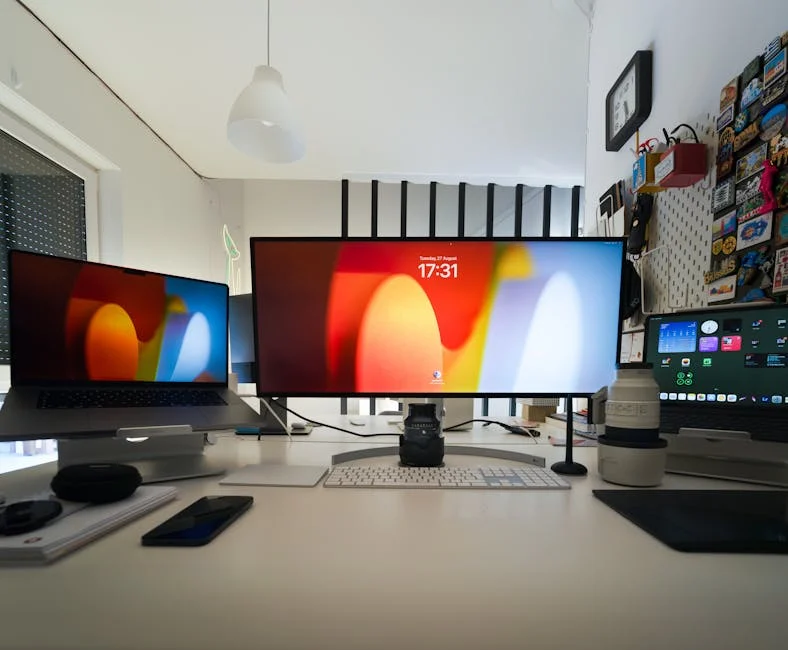Smart Home Meets Simplicity: Integrating Tech Without Compromising Minimalist Design
Introduction
The allure of a smart home is undeniable: automated lighting, voice-controlled entertainment, and enhanced security. However, for those who embrace minimalist design, the prospect of bulky gadgets and complicated interfaces can be daunting. Fear not! It’s entirely possible to integrate smart home technology seamlessly into a minimalist aesthetic. This article explores how to achieve that perfect balance: a smart home that enhances, not overwhelms, your minimalist lifestyle.
Smart Tech, Minimalist Aesthetic: The Perfect Harmony
Prioritize Functionality, Embrace Multi-Functionality
Minimalism is about intentionality. Before diving into the latest gadgets, identify your core needs. What problems are you trying to solve? Focus on devices that offer significant value and streamline your daily routines.
- Smart Lighting: Automate lighting schedules, adjust brightness, and even change color temperature based on the time of day. Consider smart bulbs that require no additional hubs for a cleaner look.
- Smart Thermostat: Optimize energy consumption and maintain a comfortable temperature without constant manual adjustments. Look for thermostats with sleek, minimalist designs.
- Voice Assistant: Centralize control over various devices through voice commands. Opt for a discreet smart speaker that blends seamlessly into your decor.
Wireless is King: Declutter with Connectivity
Wires are the enemy of minimalism. Embrace wireless technology to keep your spaces clean and uncluttered.
- Wi-Fi Enabled Devices: Choose devices that connect directly to your Wi-Fi network, reducing the need for hubs and extra wiring.
- Bluetooth Connectivity: Ideal for smaller devices like headphones and speakers, Bluetooth offers a clean and simple connection.
- Conceal Cables: When wires are unavoidable, invest in cable management solutions like cable sleeves, clips, and boxes to keep them hidden.
Discreet Design: Integrating Tech Seamlessly
The key to minimalist smart home integration is choosing devices that blend into your existing decor. Look for products with clean lines, neutral colors, and a low profile.
- Hidden Technology: Consider in-wall or in-ceiling speakers, recessed lighting, and hidden charging stations.
- Minimalist Aesthetics: Opt for devices with a simple, uncluttered design that complements your existing furniture and decor.
- Color Coordination: Choose devices in neutral colors like white, black, gray, or beige to seamlessly blend into your space.
Simplify Control: Intuitive Interfaces and Automation
A complex smart home system defeats the purpose of minimalism. Choose platforms and devices with intuitive interfaces and prioritize automation to reduce manual control.
- Centralized Control: Use a single app or voice assistant to control all your smart home devices.
- Automation Routines: Set up automated routines to perform multiple actions with a single command or trigger (e.g., “Goodnight” turns off lights, locks doors, and sets the thermostat).
- User-Friendly Interfaces: Choose devices and platforms with easy-to-navigate apps and voice commands.
Conclusion
Integrating smart home technology into a minimalist design is achievable with careful planning and a focus on functionality, aesthetics, and simplicity. By prioritizing wireless connectivity, choosing discreet designs, and simplifying control through automation, you can create a smart home that enhances your life without compromising your minimalist values. Remember, the goal is to create a space that is both functional and beautiful, a true reflection of your personal style and needs.




Post Comment